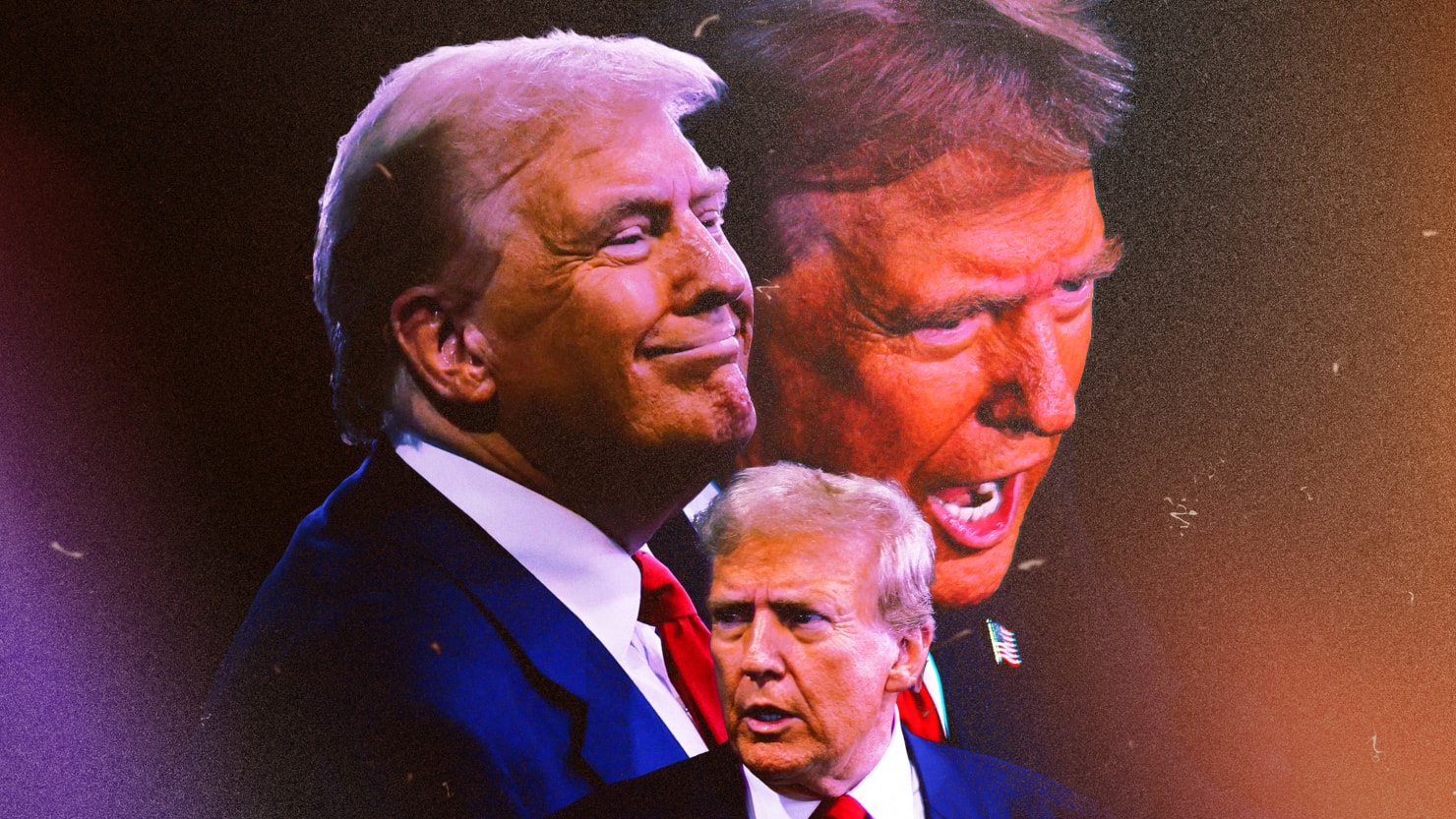Even if former President Donald Trump continues to publicly insist that he won Tuesday night’s debate against Vice President Kamala Harris, his face told a different story, according to a leading microexpressions expert.
“Trump shows anger throughout the debate,” explained Annie Särnblad in a microexpressions analysis done exclusively for the Daily Beast. “Anger is shown in a tight, clenched mouth,” she added.
Microexpressions are “the universal facial expressions of our species,” which makes them difficult to control and hide, said Särnblad—especially during high-intensity situations such as a debate.
“When we look at microexpressions, we pay particular attention to whether or not the microexpressions match the words. This is because microexpressions are involuntary and precede the thought process,” she explained. “The other thing that I look for is whether or not a microexpression should be there and it’s absent.”
During the debate, both Harris and Trump showed tell-tale signs of nervousness, said Särnblad. “You can see it in their repetitive swallowing. You can also see it as Kamala touches her face… when she is saying kind of, ‘Tell me more.” It’s actually a technique to self soothe and calm herself down when she gets nervous.”
Trump’s self-soothing technique can be seen in his jaw.
“Donald Trump does this thing with his jaw where he kind of wiggles it back and forth. That’s also a form of self-soothing, and you can also hear the nervousness in the tightness of [the candidates’] vocal chords,” said Särnblad.
Both candidates puckered their chins to show empathy at several moments throughout the debate, according to Särnblad.
“Kamala Harris shows empathy throughout the debate by puckering her chin when talking about the pain of other people,” Särnblad explained. “Donald Trump only puckers his chin when talking about his own suffering.”
On top of their microexpressions, both candidates made macroexpressions to feign emotions, Särnblad said.

Democratic presidential nominee Vice President Kamala Harris reacts to Republican presidential nominee, former President Donald Trump during a presidential debate in Philadelphia, Pennsylvania, U.S., Sept. 10, 2024.
Brian Snyder/Reuters
“Macro expressions are the fuller more purposeful, longer lasting facial expressions that we use to communicate nonverbally with others,” she explained. “So during the whole debate, when they are watching each other, they consistently both show this disbelief with the squinting of the eyes, and a little bit of the furrowing of the brow.”
She added, “Sometimes they shake their head saying, ‘No, that’s not true at all.’ They also show feign shock, that opening of the mouth. But it’s purposeful.”
Overall, it was Trump who lost control of his emotions the most during the face-off, while Harris showed a wider range of emotions.
“Trump shows more and more fatigue as the debate progresses. His answers become more off topic, discombobulated,” explained Särnblad. He shows what we call ‘verbal jumping.’”
Harris’ “sentences were coherent,” said Särnblad, and she was able to stay on topic.
Annie Särnblad is the author of three books: “Diary of a Human Lie Detector: Facial Expressions in Love, Lust, and Lies”; “The Facial Expressions Glossary: Business Version”; and the recently released “Annie and the Secret Language of Faces”.
The above videos were produced by Emma Särnblad.




![Tyson Foods Plant [Photo: Food Manufacturing]](https://southarkansassun.com/wp-content/uploads/2023/08/iStock_1185520857__1_.5e441daa51cca-600x337.jpg)







![Silverado Senior Living Management Inc. [Photo: Los Angeles Times]](https://southarkansassun.com/wp-content/uploads/2023/10/download-6-4-600x337.jpg)

![China's Wuhan Institute of Virology [Photo: Nature]](https://southarkansassun.com/wp-content/uploads/2023/09/d41586-021-01529-3_19239608-600x337.jpg)
















